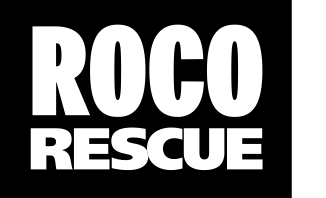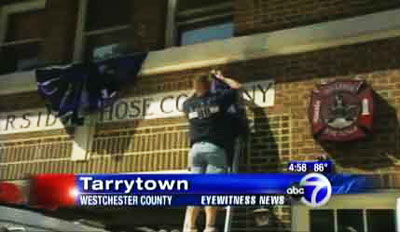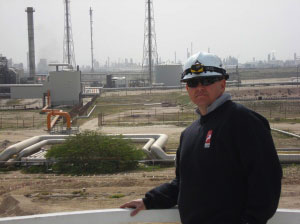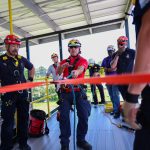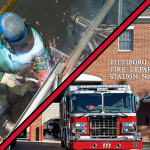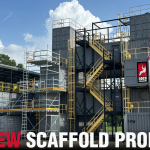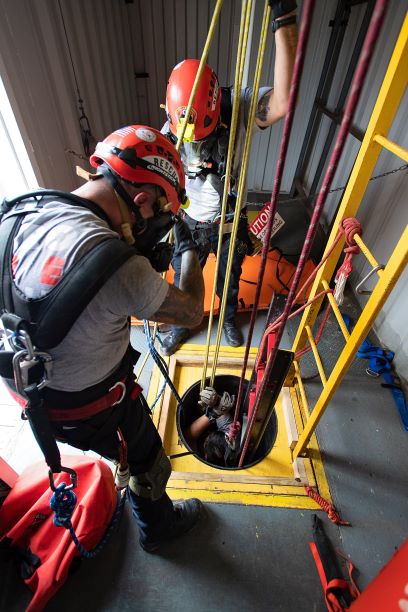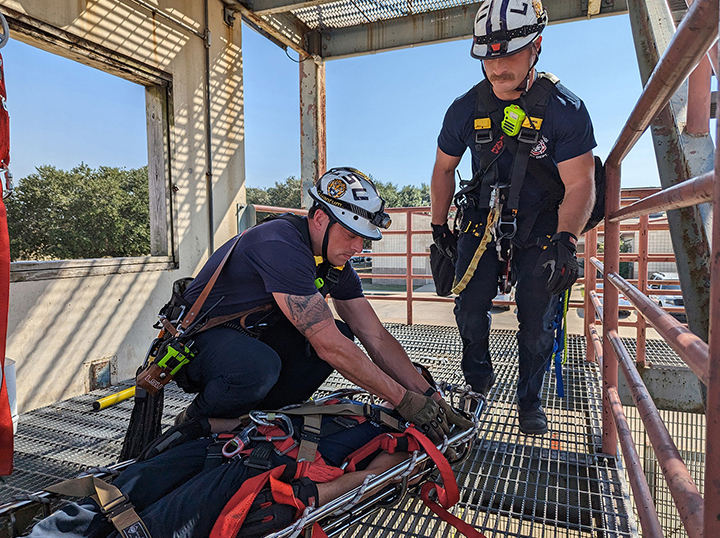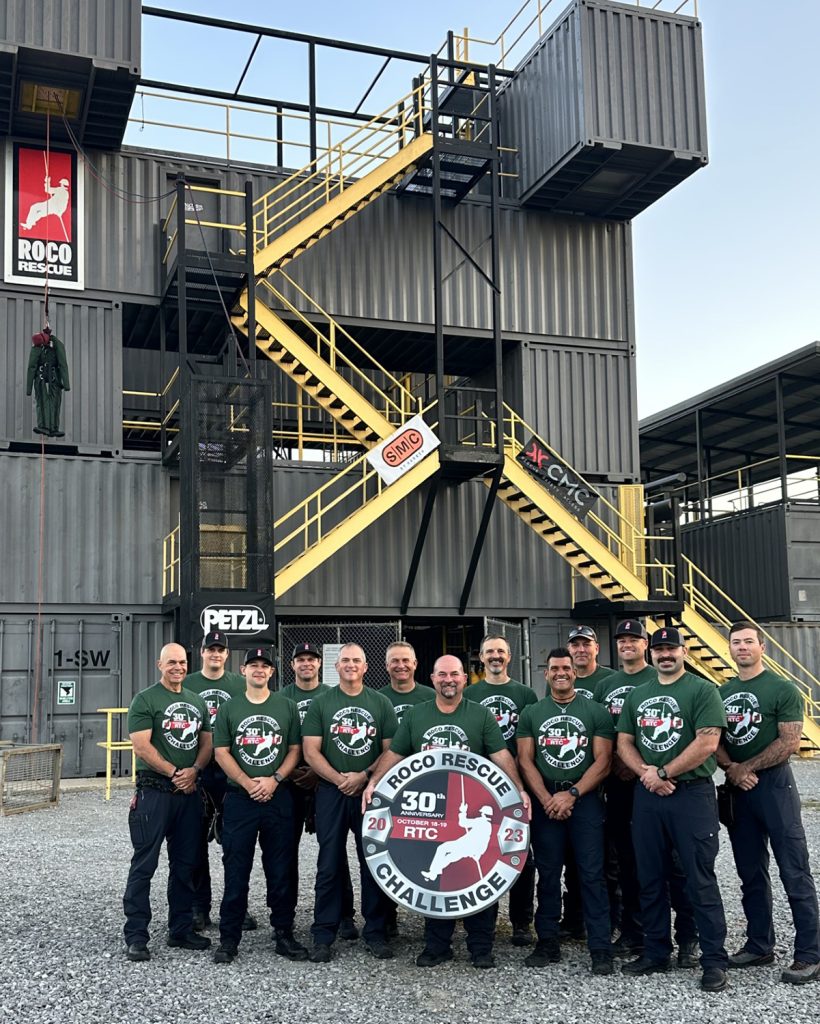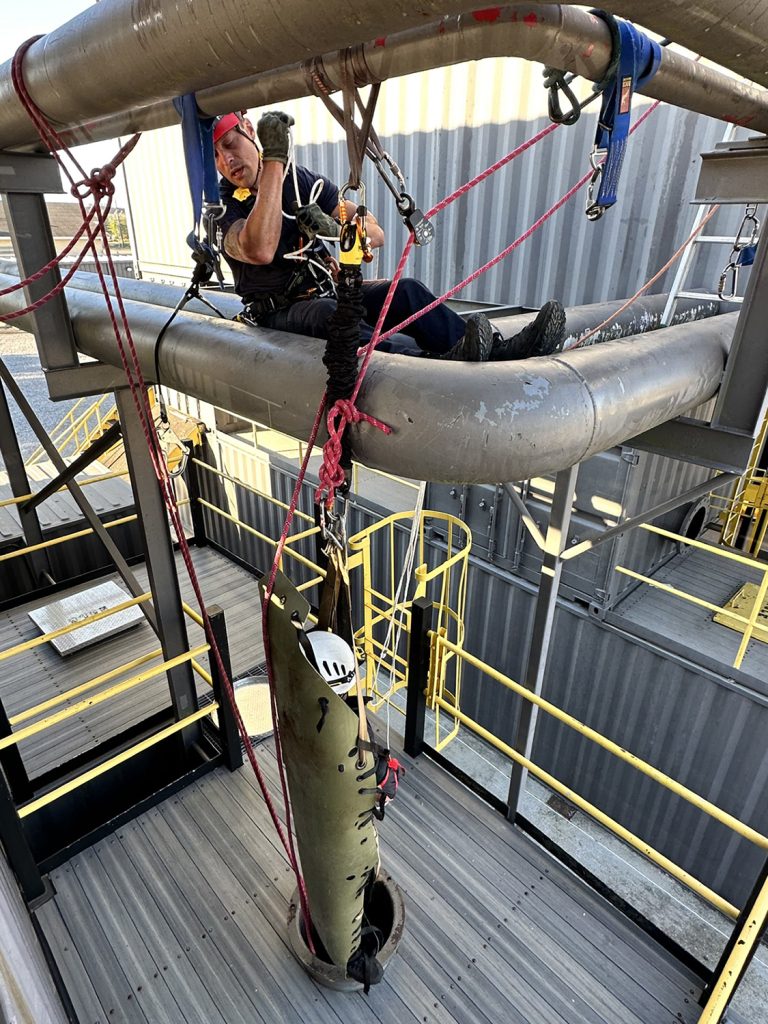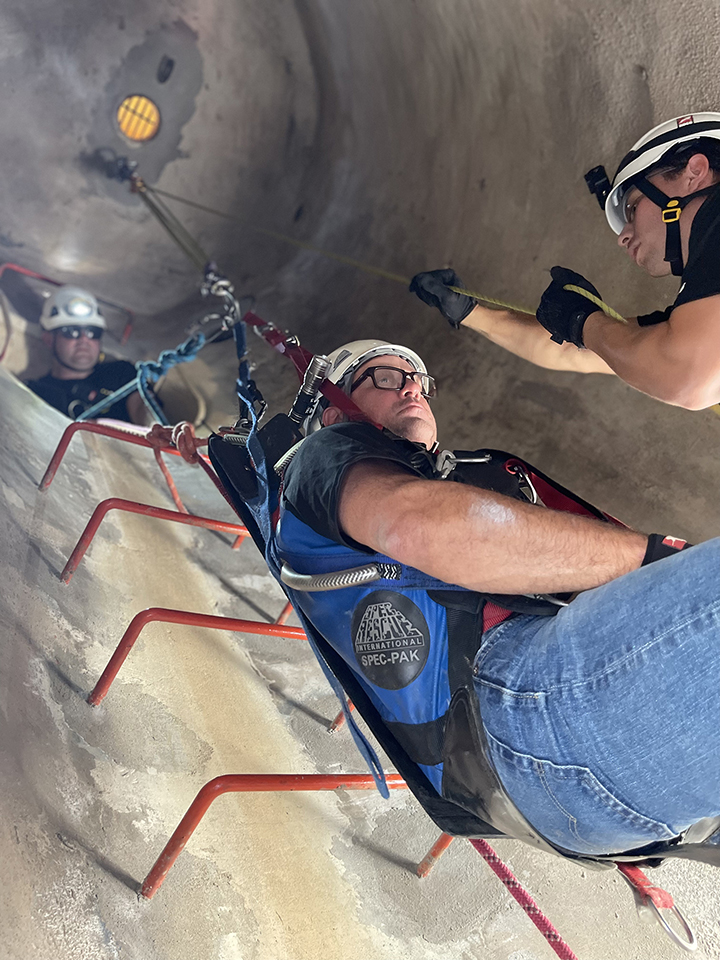September 2, 2010
Here’s another deadly reminder of the importance of a capable and timely response to confined space emergencies. Five people were killed in this fatal tunnel fire. According to OSHA, the case involving Xcel Energy and RPI Coating is not being tried until next year. After reading the official Chemical Safety Board report, here are some...
Read More
September 1, 2010
Reader Jeff Machen had a question concerning how much training to give attendants on air monitoring equipment; especially when they may only be working a week long shut down? Here’s our reply from CSRT Manager Bryan Rogers. When you’re dealing with temporary labor, it is difficult to ensure that they are well trained on something...
Read More
August 26, 2010
“Most likely the loaded section of the line is catching on the anti-error catch where the load line enters the body of the ID. This is a safety feature of the ID to prevent free-falling loads if the ID is loaded backwards. To prevent the rope from jamming, consider positioning yourself between the ID and...
Read More
August 25, 2010
The answer may be in the description “trusty old”. The ID has a wear indicator cast into the friction bobbin. It is located at the top of the bobbin on the side of the bobbin that the swinging side plate is on. When in usable condition the wear indicator is visible as a slightly raised...
Read More
August 19, 2010
Several of the current electro/mechanical CO sensors will give a false indication of CO when exposed to solvents and especially when exposed to isopropyl alcohol. If the potential for CO presence can be definitively ruled out, consider using an atmospheric monitor with no CO sensor.
Read More
August 13, 2010
Driving around your town, how many times have you seen workers in a trench working totally unprotected? As an emergency responder, are you aware of the imminent dangers around these trenches and do you know how to protect yourself should you respond to one of these incidents? Trenches can collapse without warning entrapping and surrounding...
Read More
August 4, 2010
Whenever I go out into the field for a rescue stand-by job, I always take note of the attendant. I will always talk to them in order to try and gauge this person’s level of knowledge about confined spaces in general as well as the particular entry that is being made. Unfortunately, more often than...
Read More
July 30, 2010
As with all rescue equipment, it’s extremely important to inspect your equipment before and after each use according to the manufacturer’s recommendations. Here are some tips from Skedco for inspecting your Sked Stretcher.
Read More
July 29, 2010
A recent accident involving a worker who fell from height inside the mono-tube of a water tower under construction, underscores the need to have a thorough understanding of Fall Protection systems and practices required by OSHA while undertaking hazardous work activities. It also emphasizes the importance of preplanning for rescue. Be sure to read additional...
Read More
July 27, 2010
Recently, we had a client ask about these specific uses of the Sked-EVAC tripod. Here’s what the manufacturer (Skedco) had to say… “Is it safe to attach a ‘change of direction’ onto the lower end of one of the tripod legs?” “No!” According to Bud Calkin, the manufacturer of the tripod. He continues in saying...
Read More

